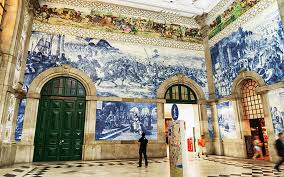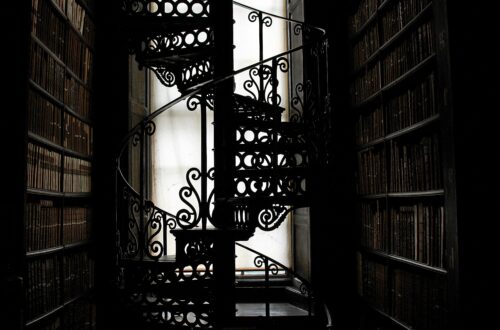
Homer Winslow – American Watercolorist
Homer Winslow was born on February 24, 1836 in Boston, Massachusetts and died in his studio in Proust Neck, Maine. Early in his life his mother noticed his artistic ability and encouraged him to pursue art. When he was 18/19 years old, he was apprenticed to a lithograph company of John Bufford in Boston. Lithograph artwork was the common art found in literary works such as Ballou’s Pictorial and Harper’s weekly. Cameras were in their infancy stage at this time. He started, as many artists, copying the works of experienced artists and eventually started submitting his own artwork. He was very active during the American Civil war, but instead of the focus on the battles, he painted the mundane camp life of the soldiers. His mediums were sketching in pencil, watercolors and oil but the use of watercolors was used often in the capturing the freshness of nature in the field (plein air). In 1873 he particularly used watercolors in his art and it greatly influenced his oil paintings as well.
Prisoners from the front

As a painter, he matured gradually and his understanding of light and atmospheric effect increased through painting experience. During the 1870s, his focus was on watercolor art during his summer travels. His travels often inspired and effected his artwork. His use of brighter color increased from his travel to France and during his time in the English fishing village of Cullercoats he was able to capture the diffused tone of the local atmosphere with a limited palate of colors. Again his focus was on the mundane. Most artists would use the subject of activity of the fisherman which was more active but not Winslow Homer. He chose to focus on the robust women left on shore and their daily tasks of mending nets and keeping the home. He definitely had a gift of finding interesting subjects within the realm of the unremarkable. Here’s to thinking outside the box.

His other travels included Newfoundland in Canada to Florida and the Caribbean, where he escaped the cold weather of the North East. The themes of his art continued to be man’s struggle against nature. No matter where he would travel to he always returned to his studio in Prouts Neck to work. His themes never changed. As he got older, he had developed an inclination toward anti-social behavior and would shun people and focused on his art in solitude. His human subject was trapped in a struggle with nature who didn’t care if he lived or died. He didn’t always include a human subject but would rather focused on nature including sea scapes and animals. At the age of 74, he died quietly in his studio were he spent the last decades of his life creating his beautiful pieces of art.

Fishing boats – Key West
His art work works are displayed at art museums including the National Gallery of Art in Washington, DC and others around the US. The greatest number of work though will be found in The Clark Art Institute in Williamstown, MA. His art can be viewed online at the websites of galleries and museums. Some references to some of the images are at the bottom of this article for you to enjoy.

I find his artwork exquisitely done. I don’t think I have ever seen them in person but even online they are quite striking. The dynamics and tonality of his work is amazing. He captures the power of nature and the nuances of light wonderfully. Many artists say watercolor is one of the most difficult mediums to use and master. In my opinion, he definitely made it his own and created some beautiful pieces.
Nor’easter

Homer Winslow as a person was quite complex. I found him to be just as intriguing as his art. Learning about his anti-social behavior drew me to his art even more because I could feel that enjoyment of solitude in his artwork. To me there is no sense of loneliness but an awe of nature and it’s juxtaposition with humanity. Whether he was just an extreme introvert or had a mental disorder of some kind is unclear. He never married and seem to have preferred the solitary life focusing on his art. I find that admirable. Whether he had any regrets we don’t know but we certainly benefit having his artwork in the world. Peace to you and your family.

Homer Winslow references:
https://www.metmuseum.org/toah/hd/homr/hd_homr.htm
https://www.nga.gov/features/slideshows/winslow-homer-in-the-national-gallery-of-art.html
https://www.clarkart.edu/ArtPiece/Detail/West-Point,-Prout-s-Neck


